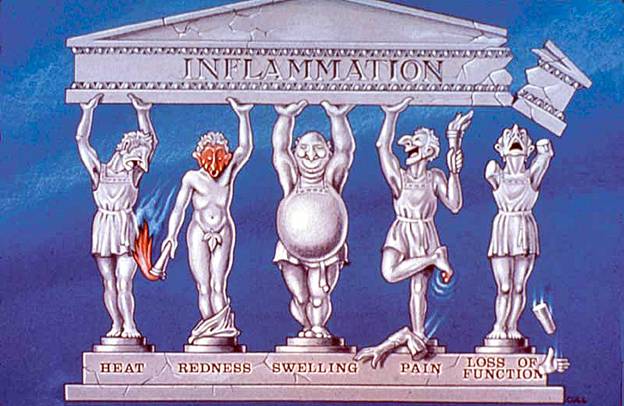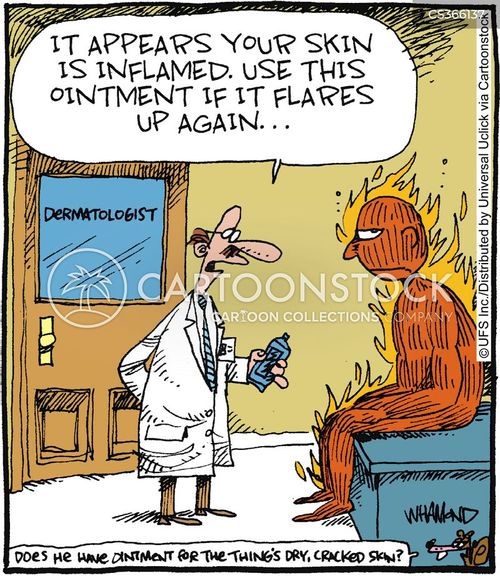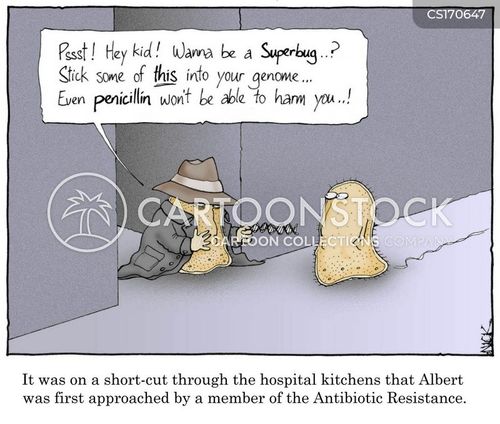Of the two, inflammation is the more general and can occur with or without infection. Slam your toe against a wall? Inflammation! Get a splinter? Inflammation! Get Tuberculosis? Infection and inflammation! It's a party! Ok, maybe not...
Anyway, inflammation is what causes the pain, redness, and swelling from an injury or illness. Let's say you were building a wooden fort and accidentally hammered a nail into your finger. Ouch! From the outside, your finger really hurts, a giant nail is sticking out of it, and it is probably bleeding.
 |
| This is actually a prank kit you can buy - the nail is not actually puncturing her finger! |
The arteries bring blood to the area while the veins take blood away from the area so having dilated arteries brings more blood to the scene of the crime. However, the veins are smaller so it is harder for the blood to leave. This causes the redness you see in inflammation.
 |
| The 5 Pillars of Inflammation |
Since all the blood is staying in the area, the area begins to grow and swell causing edema. Since the area is growing, this puts pressure on the nerves in the area which causes the pain involved in inflammation. Also, the edema and pain causes the person to not move the area as much so the last sign of inflammation is loss of function.
So there you have inflammation in a nutshell! :-D
Another very important topic we talked about was antibiotic resistance. Antibiotic resistance has become a huge problem lately because bacteria are smart and can easily figure out how to change so that the antibiotic is no longer effective on them. This can be caused by people taking antibiotics when they don't need to or by taking antibiotics for a little bit and stopping before the bacteria is fully killed. Either way causes bacteria to build up resistance to the antibiotics which makes it really hard to kill the bacteria. One famous example of an antibiotic resistant bacteria is MRSA - Methicillin-resistant Staphylococcus aureus. MRSA starts looking like a harmless spider bite but then it progresses and becomes really bad, eventually killing the person if it's not treated and stopped in time.
 |
| Harmless spider bite? Maybe not! |
...Until next week!





No comments:
Post a Comment